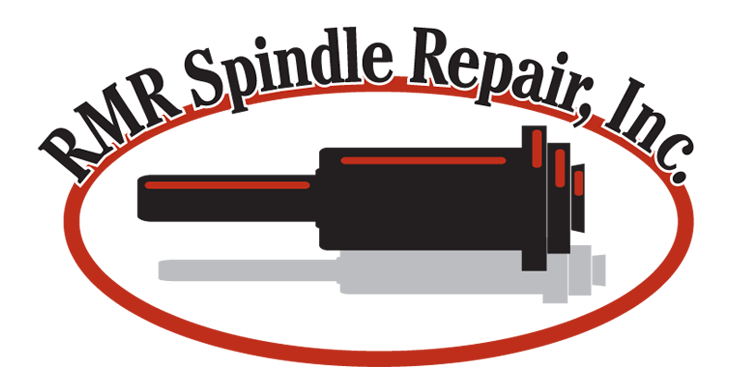Spindles drive the precision, speed, and reliability needed to meet manufacturing requirements. Thus, every industrial facility heavily relies on the performance of its spindles; when a spindle falters, so does productivity. Downtime can cause scheduling disruptions, missed deadlines, and financial losses. They can also impact the manufacturing process, influencing downstream operations and jeopardizing overall efficiency.
Spindle repair encompasses a range of specialized techniques and expertise. It involves diagnosing the causes of failure, disassembling the components, identifying and repairing damaged parts, and ensuring proper reassembly and calibration. With the right approach, it is possible to address immediate issues and rectify factors that may have contributed to the problem.
This article will delve into the common spindle issues and their potential causes. It will also explore a few repair techniques to ensure the components remain in optimal condition.
Top Spindle Issues and Their Causes
Understanding the common spindle issues and their primary causes is key to rapidly addressing and resolving them. Below are some of the most prevalent problems encountered:
Excessive Vibration
Extreme spindle vibration refers to an abnormal level of oscillation or shaking during operation. This problem typically results in poor surface finishes on machined parts, heightened mechanical stress on different components, and decreased tool lifespan. Possible causes include unbalanced rotating parts, worn bearings, or improper tool holder installation.
High Temperature
When the operating temperature exceeds the recommended or normal range, excessive heat can harm the component’s performance, accuracy, and longevity. Factors that can contribute to this issue include improper cooling systems, inadequate lubrication, excessive cutting speeds, or incorrect tool selection.
Spindle Bearing Failure
Bearings are critical components that support and facilitate smooth rotation within the spindle assembly. A malfunction or breakdown in bearings can lead to compromised performance. This issue often happens due to inadequate lubrication, contamination, excessive loads, or improper handling during installation.
Spindle Runout
Runout is the extent of deviation or wobbling in the rotational axis of an operating spindle. It is a critical measurement that affects the precision and accuracy of machining processes. When a spindle exhibits runout, it can result in inaccuracies and inconsistencies in the machined workpieces. Causes of this issue include worn bearings, misalignment, damaged tool holders, or insufficient clamping force.
Spindle Repair Techniques
When a spindle encounters issues or malfunctions, it is essential to employ effective repair techniques to restore its functionality and avoid costly replacements. The following are some common methods utilized by professionals:
Balancing
Balancing is a repair technique that addresses excessive vibration. It begins with the identification of imbalances in the rotating components of the spindle. Then, precise adjustments are made to redistribute the weight within the assembly. This can involve adding or removing material from specific locations or using counterweights to offset the imbalances.
Bearing Replacement
Skilled technicians can diagnose bearing problems through careful inspection and analysis. They assess the condition of the bearings, checking for signs of wear, abnormal noise, excessive play, or any other indications of component failure. Bearing replacement involves removing faulty or worn bearings and installing new ones properly sized for the assembly.
Alignment Adjustment
Misalignment between the spindle and other components can result in runouts and inaccuracies in machining operations. Spindle repair professionals can adjust alignment using precision measurement tools to align the spindle with the machine axis. This technique restores the spindle’s concentricity and enhances accuracy.
Spindle Rebuild
A rebuild is a comprehensive repair technique employed when a spindle has experienced severe damage that cannot be addressed through simpler repair methods. This technique involves disassembling the spindle, replacing damaged components, and reassembling it to restore its original functionality. It also includes inspecting the parts, such as bearings, shafts, gears, and housings.
RMR Spindle Repair: Your Trusted Partner for Superior Spindle Solutions
With over 65 years of experience, RMR Spindle Repair leverages industry-leading knowledge and cutting-edge tools to ensure accurate diagnoses and precise repairs! We are also committed to providing prompt and reliable services to get you back up and running in no time. From minor repairs to complete rebuilds, we offer various solutions to restore your spindles to their optimal condition.
Contact us now for more information!

Recent Comments